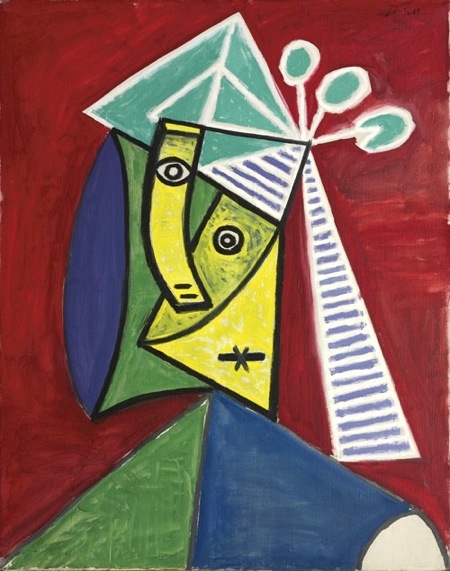Color With Unconventional Art Schemes including Picasso
Unconventional Color Schemes in Art
Artists have the ability to tap into the power of colors when they create a piece of art. Color plays a strong role in the way a work of art is perceived and experienced by the viewer. Certain colors can raise spirits while others can dampen moods. Some colors can invigorate and enliven while others can put people to sleep. How can artists use the power of colors to their advantage?
